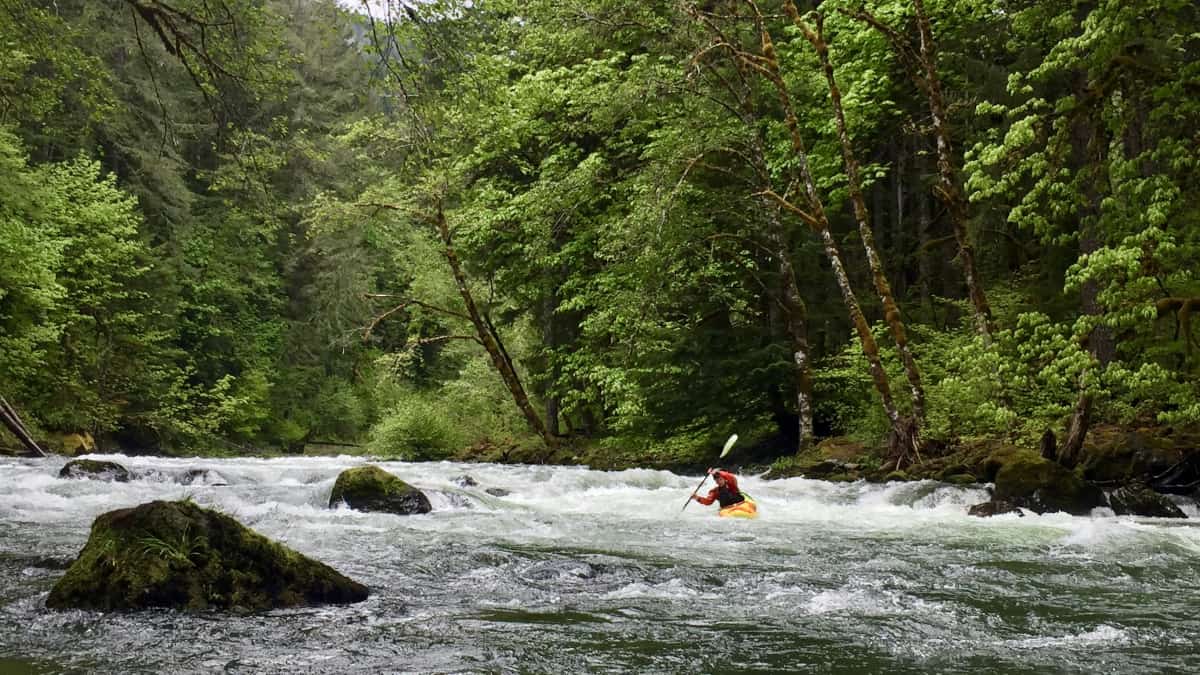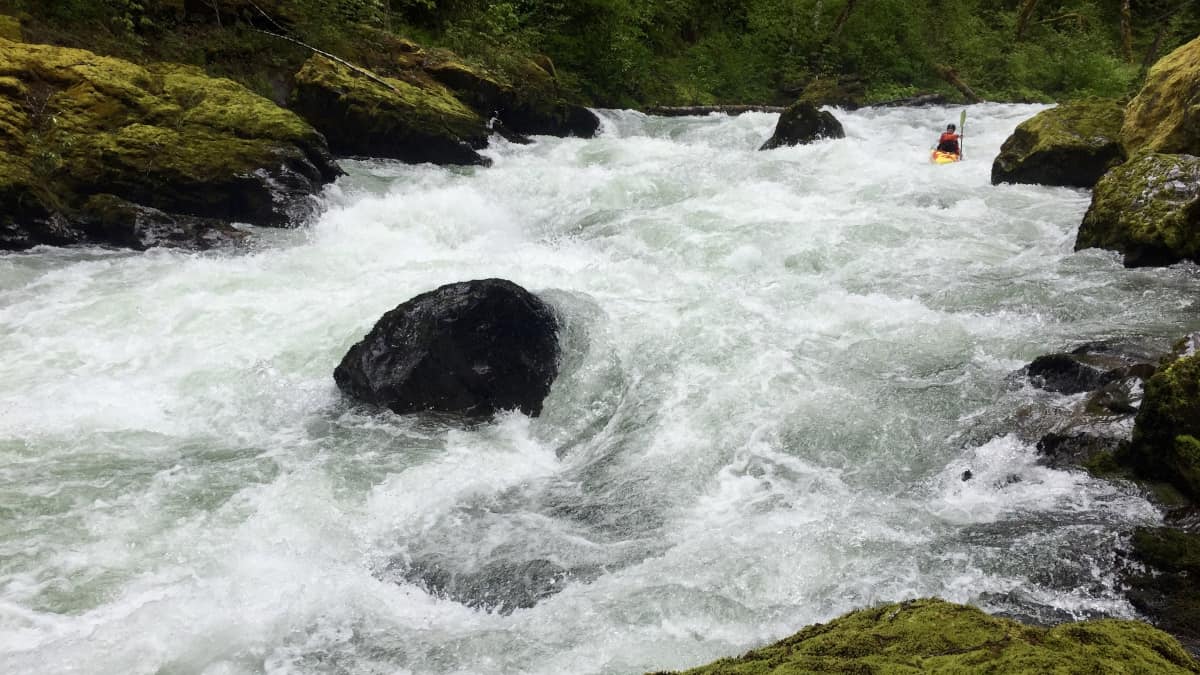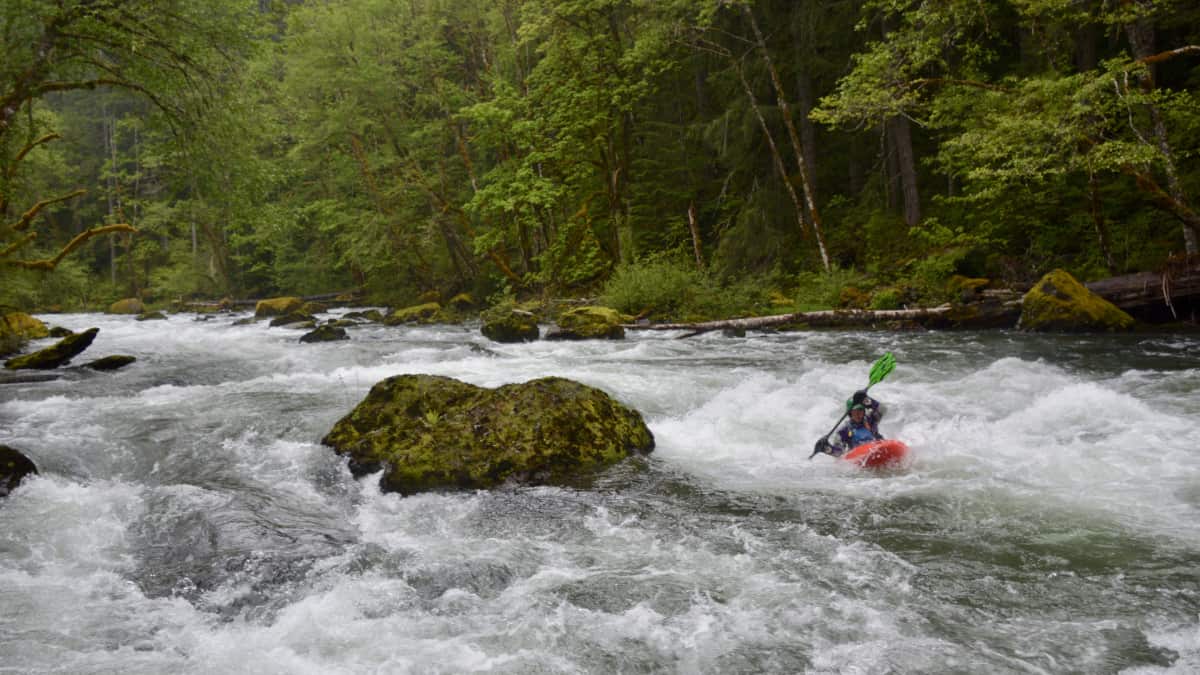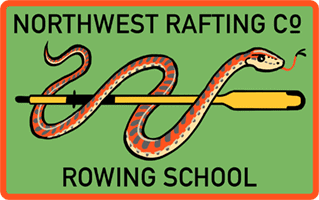The Cispus is often best known for steepest reaches with the Super Slides and Upper Upper sections providing class V rapids and impressive scenery. Just down stream, however, the Upper whisks paddlers through fun continuous whitewater in a scenic section that is runnable for a longer season and at a much a wider range of levels than the upstream sections. While the most class III-III+ whitewater is concentrated in the Upper, paddlers can also continue down the Lower Cispus (II-III) for a long day of paddling or an overnight trip.
After leaving the FR 28 bridge, the river enters a braided section and weaves around class II islands rapids. The rapids slowly build in complexity to class III boulder gardens that are all easily to boat scout before reaching the bedrock section.
Trip Highlights
Mile 2.8: When river begins to gorge up and you spot the first bedrock of the run the intensity increases and the next mile consists of non-descript class III-III+ boulder gardens separated by moving pools.
Mile 3.5: A larger horizon line and a slight bend to the left mark the entrance to White Lightening (IV). This rapid stands out as more difficult than the rest with two mid-stream boulders dividing the flow and a few powerful holes to negotiate. This rapid can be scouted from either bank.
Mile 3.8: After a few more scenic bends of class III flanked by a low-walled canyon, the gradient diminished and the canyon opens up before the river flows through class II braids for the remainder of the run. This section collects lots of wood so stay alert.
Mile 7.8: A large gravel pullout on the river right marks the takeout. Here the road is immediately adjacent to the river atop a human-made retaining wall.
Mile 11: You could continue down river another 3 miles downstream and take out at the FR 28 bridge but this section is quite shallow and braided with plenty of wood. Some might consider this if they want to continue down the Lower Cispus.








